New LG MJ1 18650 Battery Review (3500mAh) June 24 2015, 16 Comments

The LG MJ1 model is INR18650MJ1. It is a rechargeable lithium ion battery, just like all other 18650 batteries we review on Battery Bro.
The MJ1 is new, that is why it is exciting. Every new generation of batteries provide just about an 8% increase in capacity (generalized) over those of the previous year. The MJ1 is certainly no exception, as it's nominal capacity is of the highest of all 18650 batteries on the market, and it achieves this without sacrificing much of its maximum discharge rating.
Let's take a look at its official specifications:
- Nominal capacity: 3500 mAh
- Minimum capaciy: 3400 mAh
- Average voltage over discharge: 3.635V
- Standard charge: .5C
- Maximum charge current: 1C
- Maximum discharge current: 10A
- Cycle life: 400 cycles
As you can see, the MJ1 really boasts a high capacity - 3500 mAh. A max. discharge current of 10A means the battery also can pack quite a punch. This is good news as it is proof that battery scientists have really started closing the gap between capacity and max. discharge rating.
400 cycles is a good lifetime, and will mean these cells may be able to last up to two years or more depending on the application.
The capacity was tested under the following conditions:
- 23°C with a 2 degree error
- Charged up to 4.2V
- Charge current should be terminated when tapered to 50mA.
- Standard discharge current of .2C
- Cut-off voltage 2.50V
LG MJ1 testing conditions summary
Voltage
The total safe voltage range for the LG MJ1 is between 2.50V and 4.20V. However, for many purposes it is best to recharge the battery before it discharges to 2.50V. Many people prefer to keep their lithium ion batteries charged above 3.0V.
Temperature
For what it's worth, 23 degrees Celsius is a slightly lower than most optimal temperatures. Most 18650 batteries are tested at 25 degrees. Your temperature will effect your battery's performance, and the farther you deviate from the optimal temperature the greater the loss of efficiency and overall capacity. 18650 batteries should not exceed 60 - 70°C, and should not be charged when below freezing.
Tapering
Charge tapering is what lithium-ion batteries do to get as high-voltage as possible, as safely as possible. To taper means to "reduce towards the end" which is what a high-quality charger does when reaching a voltage close to 4.2. It gradually reduces the amount of current put in the battery as it reaches the end of a charge cycle. If you are still wondering what is charge tapering or if you want to learn more I recommend this short paper titled Battery Charger Termination Issues. by Texas Instruments. Most 18650 chargers on the market do not have great tapering, and as such charge termination suffers. This leads to a shorter battery life, and less capacity in the long-run.
Discharge current
The standard discharge current is .2C. To find out what this is in amps, take the nominal capacity (3.4Ah) and multiply it by the C (maximum safe discharge capacity, where C stands for capacity) rating. That is 3.4mAh multiplied by .2C = .68A. For those readers working on electric vehicles, this is the same discharge conditions as the Panasonic 18650B. You might think this testing condition is low, and you are right it is the minimal viable current draw, which is where capacity ratings come from.
However the MJ1 goes a step further and also defines testing conditions for high-drain and fast-charge conditions:
- Charge at 1,500mA to 4.20V (tapered end current 100mA)
- Standard discharge current of 4A
- Cut-off voltage of 2.50V
Letting the MJ1 rest
Something worth noting if you are using the MJ1 for high-drain and fast charge (which most of you will probably take advantage of) is that LG Chem recommends that cells are to rest 10 minutes after charge and 20 minutes after discharge. Take note of this if you are doing cycle-life tests.
Storing the batteries
Storing the batteries, whether in a bunker or a warehouse should be done their maximum voltage (4.2V) and charged as per the standard charging conditions I outlined above.
Visually inspecting the MJ1 18650 battery
Take your battery and look at the top, sides, and bottom. Look for:
- Deep scratches
- Cracks
- Rust
- Discoloration
- Leakage
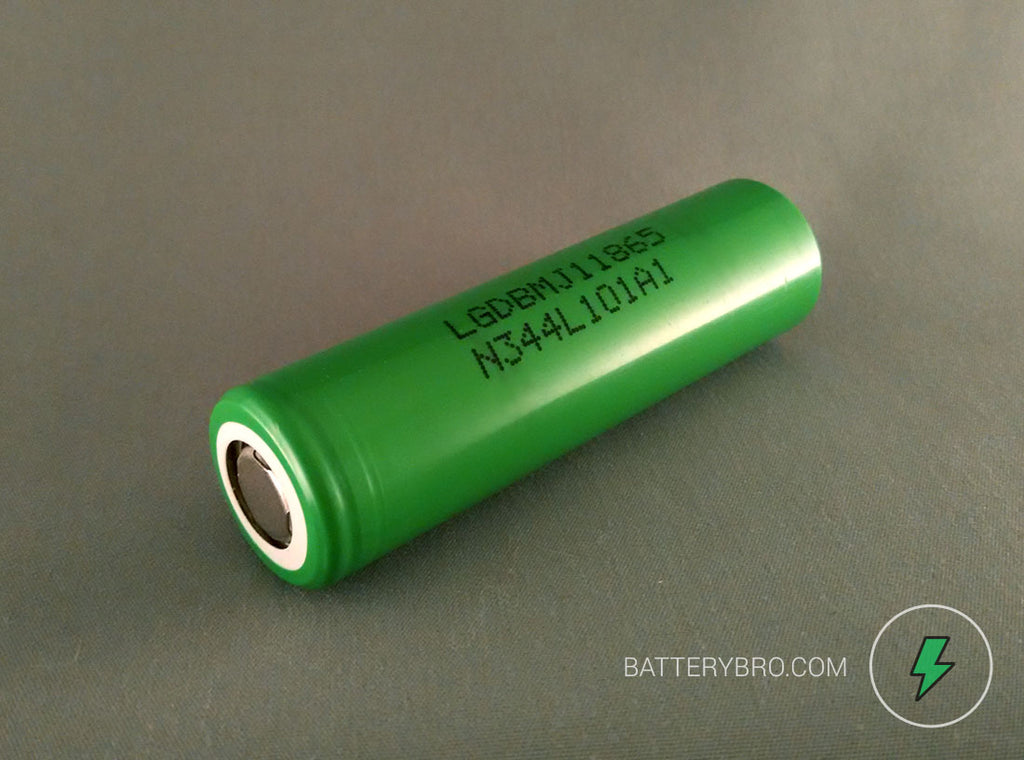
The color of the PVC I would call a standard green or shamrock green. No blue or yellow hue at all.
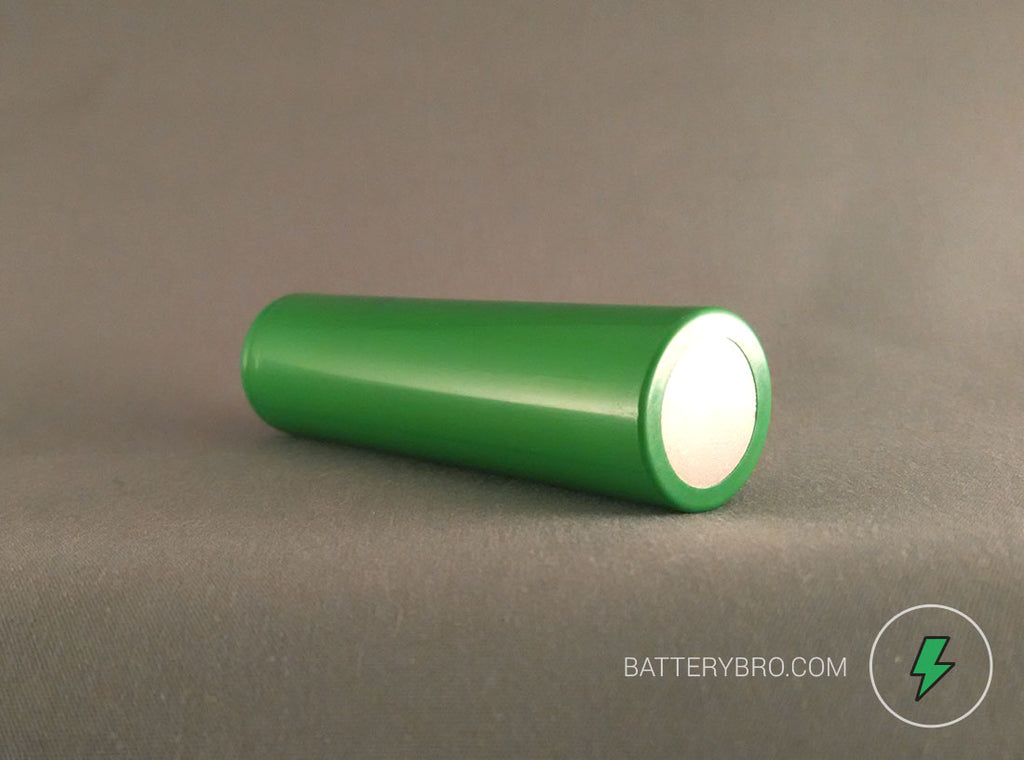
The bottom or negative terminal (pole) of this 18650 MJ1 battery. Not unlike most other unprotected 18650 cells - just flat, unfettered steel.

The metal positive terminal (pole) of 18650 batteries produced by LG Chem always have four connection points to the top cap.

Quality control codes on the steel case can be seen through the translucent PVC skin.
Basic measurements

The max diameter of the MJ1, and my actual measurement are both 18.5mm.

The max. height of the MJ1 is 65.2mm, and my measurement of 65.4mm is acceptable because it is inside the range of error for these digital calipers.
Important! Don't do this with metal calipers as it may short-circuit your battery. If you use metal calipers, you must make sure to insulate the ends with something like electrical tape.

The approximate maximum weight is 49.0g. My weigh in does not exceed this so everything is good.
Discharge tests

Testing the batteries in an environment a bit hotter than optimal. It will make a little difference to overall capacity (but not too much).

This is the first discharge test I ran at 2.50A discharge current and a cut-off voltage of 2.50V. Noitce that the capacity does not seem to meet the spec sheet, as it turns out to be 3307 mAh.

Here is the second test, with the same parameters as the first. The capacity readout is the same.

For the third and final test I used the amperage discharge which the battery was rated with (.68A). This test slightly exceeded the minimum capacity of the MJ1 which is set at 3400 mAh. Also note the increase in total energy as the voltage remains higher throughout a lower current discharge (12.21 Wh, about one watt hour more than the tests at 2.5A).
Resistance

At the same time I can put a 1000mA pulse through the cell and get a reading of its resistance. A reading of 70mR is not bad, but this resistance is typically seen in high-capacity, low-drain cells. The higher resistance is one reason there is a decent loss of capacity in the higher-drain tests.
Conclusion
The MJ1 is definitely an exciting new cell for 2015. It will compete with the best Panasonic cells (like the G series) at the highest ever 3500 mAh. As we can see, my cell just barely meets this spec, and actually the cell's rating is closer to the minimum capacity of 3400 mAh. And that's in a minimum-drain situation. I feel that if given a full 10 amp discharge, the capacity would fall to 3200 mAh at this time.
I should also note this is a sample research cell sent to distributors like Battery Bro before it goes to market. The final production model should be even more polished and it should be given a second-look when that time comes in the next several weeks.

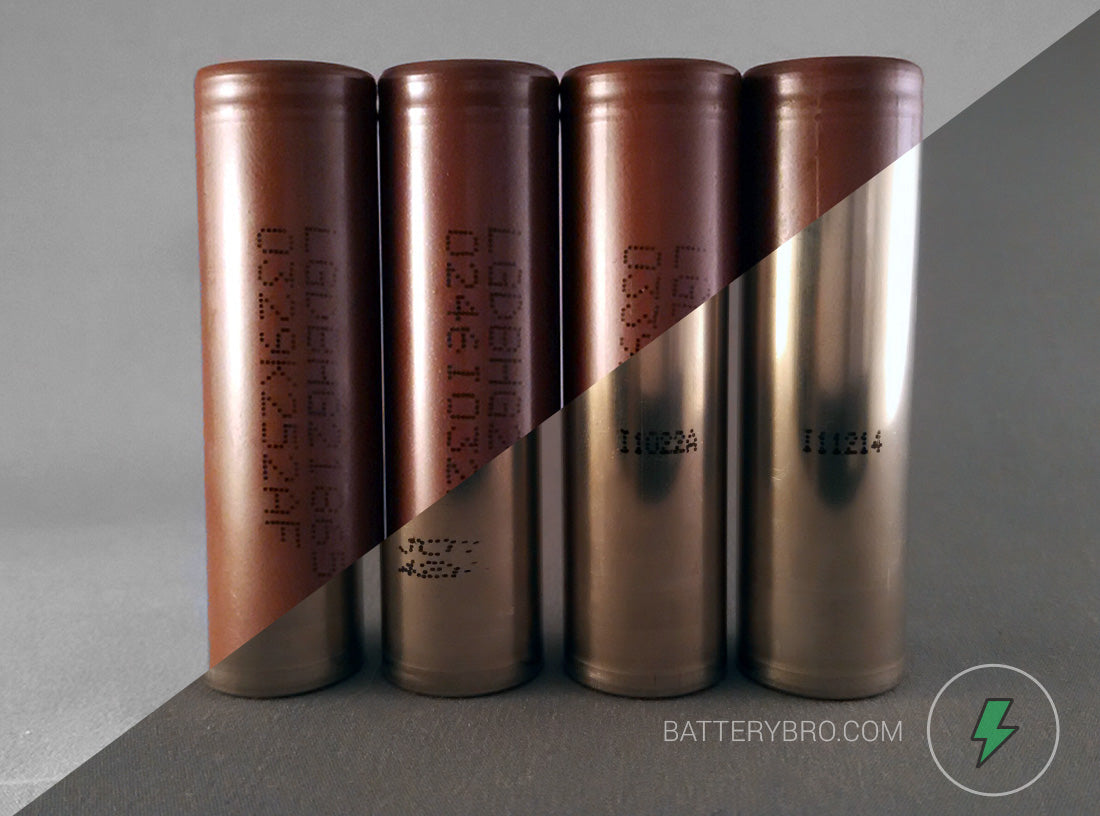
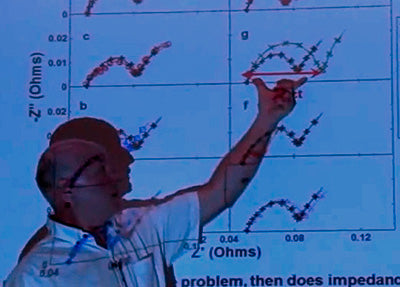
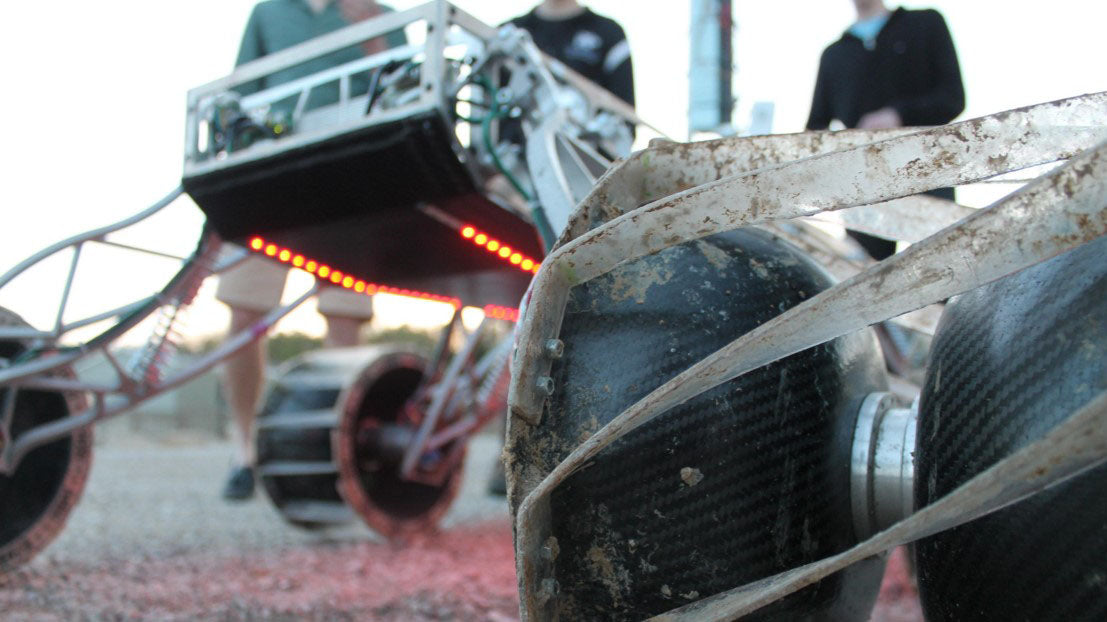


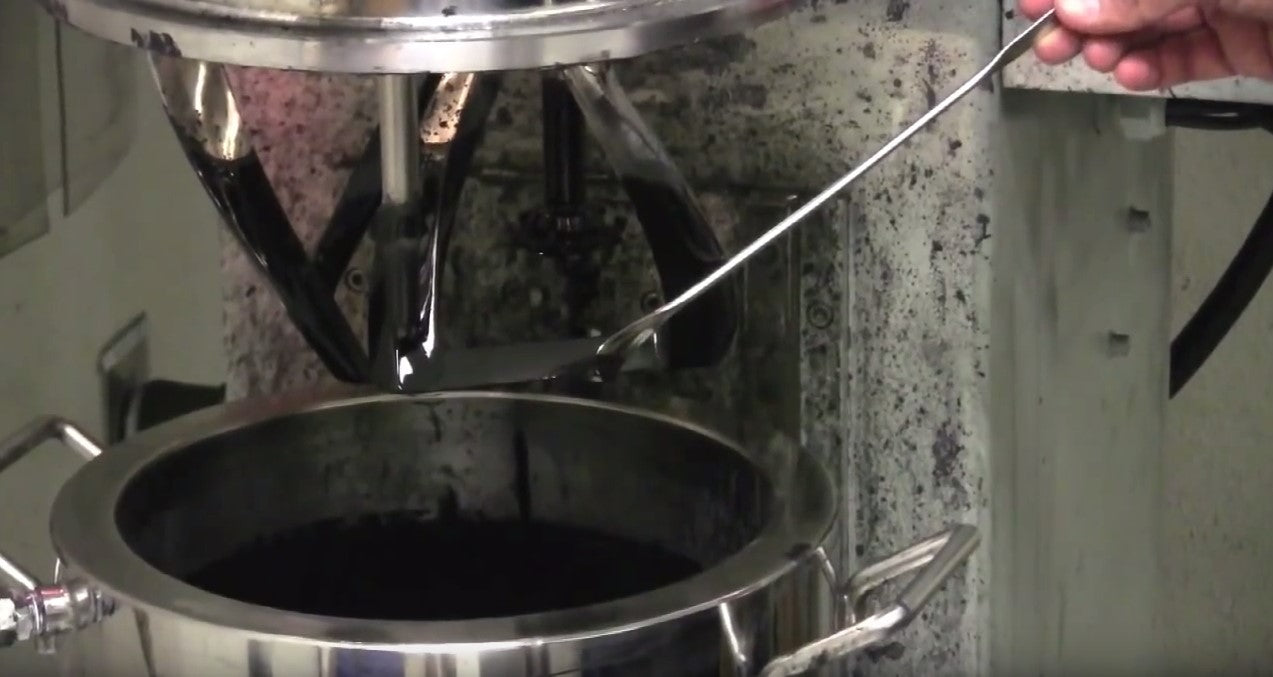
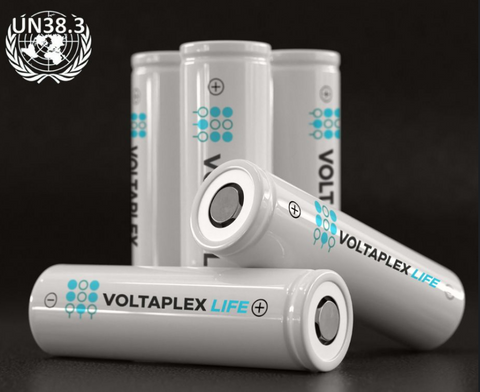
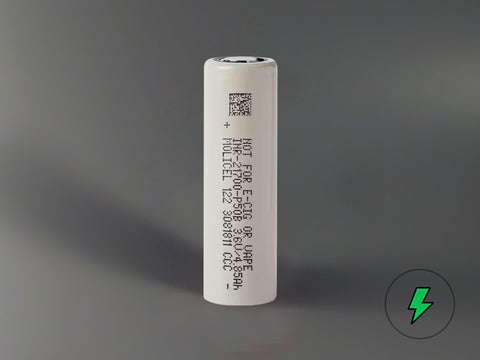
Comments
Santosh on August 17 2020 at 11:42AM
Is LG MJ1 18650 is Lithium iron phosphate battery?
Mohd saqib on August 17 2020 at 11:41AM
Can i use these batteries to replace my old laptop batteries.i am currently using lenovo t430.
Will my system support my batteries.
Chan chong Kai on August 17 2020 at 11:36AM
How much per 100pcs.
Sebastian on August 14 2019 at 01:13AM
Hi, thanks for the review. It is very interesting. Is it possible to have access to the tables for the discharge tests graphs?
Thanks,
Sebastian.
Elkin Sepulveda on September 07 2018 at 08:25AM
Please send me quote of 2000 units
Karl on April 13 2018 at 02:09PM
I’m going to make my own li-ion battery and I have a friend who has 20-
LG MJ1 18650 Battery cells (3500mAh). They are new and he’ll sell them to me for $100.00. I’m wonding if they will work to replace my lead acid batteries 3-12v wired in series, to power my 28.5A, dual 800w(1600w total) electric skateboard motors.
Luke on November 29 2017 at 01:29PM
Mike,
Low silicon content in the anode. Cathode is 8:1:1 nmc that is partially converted to lmo spinel. (Judging by dqdv). Electrode coatings are super heavy ~4.7mAh/cm2
antony stewart on September 25 2017 at 05:45AM
just flat unfettered steel? awesome review but it’s nickel plated flat unfettered steel. it doesnt rust unless scratched to be standard 18650
Jongsu on September 19 2017 at 12:52AM
Hello I’m kookmin UNIV student in korea. Could I get the table of the graph?
because I need actual value of discharge curve.
Conner on July 01 2017 at 02:50PM
The 3350 mAh I am looking at from my supplier is pink. Does this necessarily mean that it’s fake? I wouldn’t be much surprised if it was, TBH.
jake on April 24 2017 at 08:29AM
What is the spec for ‘fast charge’ amps? 1C in the spec is 3.5A right?
Justin on September 11 2016 at 03:20PM
Have any fakes hit the market yet? How to spot a fake LG mji? I’m doing an rc build with a friend and he insisted I let him buy the batteries, then he buys them from ebay"gasp" the size matches up but I’m yet to weigh them. The only thing that concerns me is the quality code underneath is not in the same spot pictured above. One is even half under the outer cases number code.
Justin on September 11 2016 at 03:20PM
Have any fakes hit the market yet? How to spot a fake LG mji? I’m doing an rc build with a friend and he insisted I let him buy the batteries, then he buys them from ebay"gasp" the size matches up but I’m yet to weigh them. The only thing that concerns me is the quality code underneath is not in the same spot pictured above. One is even half under the outer cases number code.
mike on July 26 2016 at 02:40PM
What chemistry is the lg 18650 MJ1 actually?
Cris on June 02 2016 at 10:54AM
I’m using two,of these batteries in my fuchai. Can’t remember name but they go in opposite directions in mod which I heard changes the total amperage of the batteries as a unit. What is the lowest I can build in ohms and safest watts to run it at? My batteries are the lg 3500mah 10a batteries you are reviewing.
antony stewart on February 04 2016 at 09:37AM
There is actually a graph of various 18650 measurements online from 17.8 to 18.9 diameter from a round up of about 40 batteries.i checked google images for 18650 dimensions to find it.